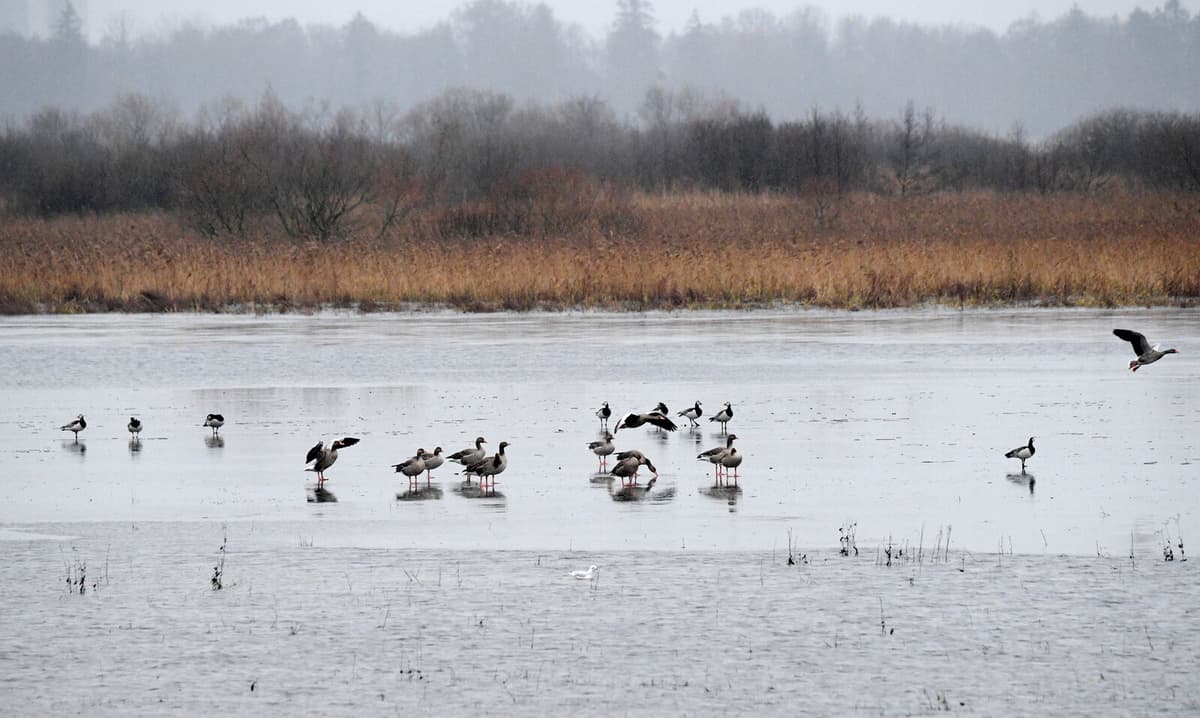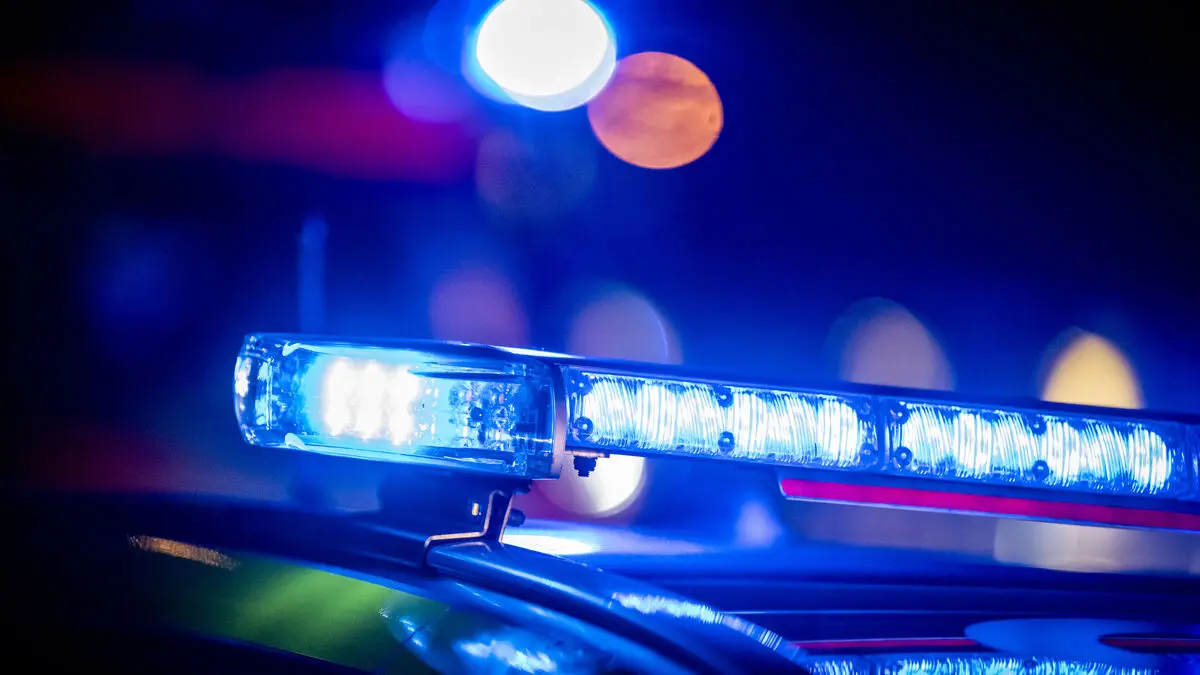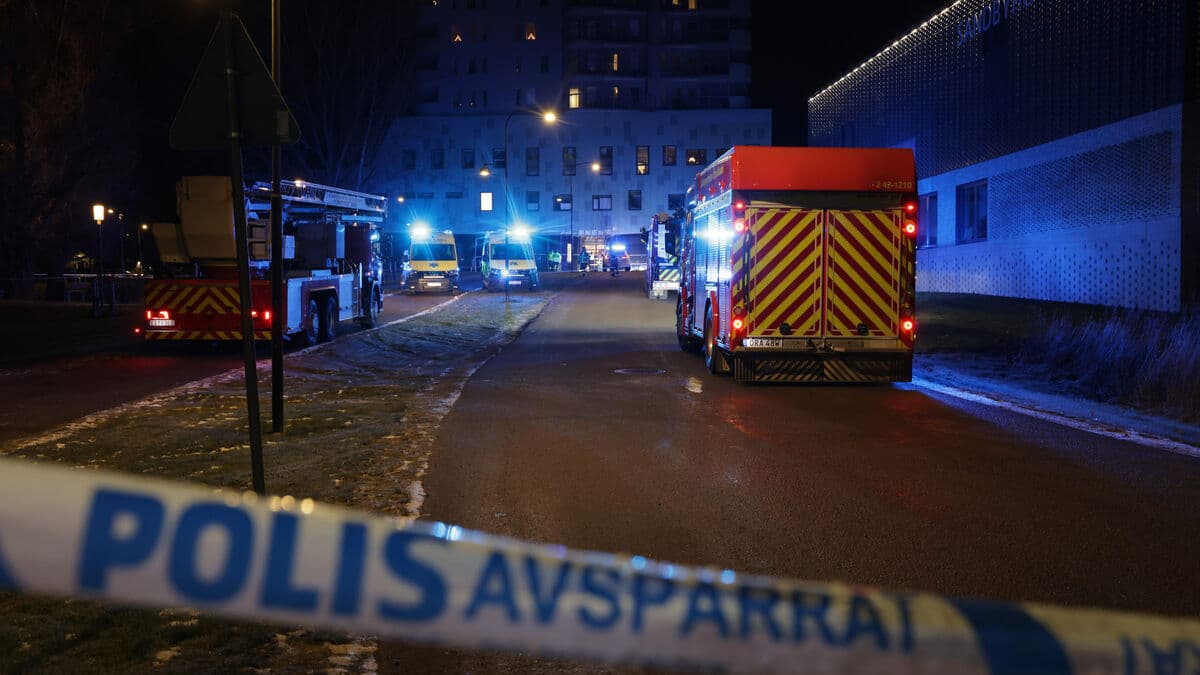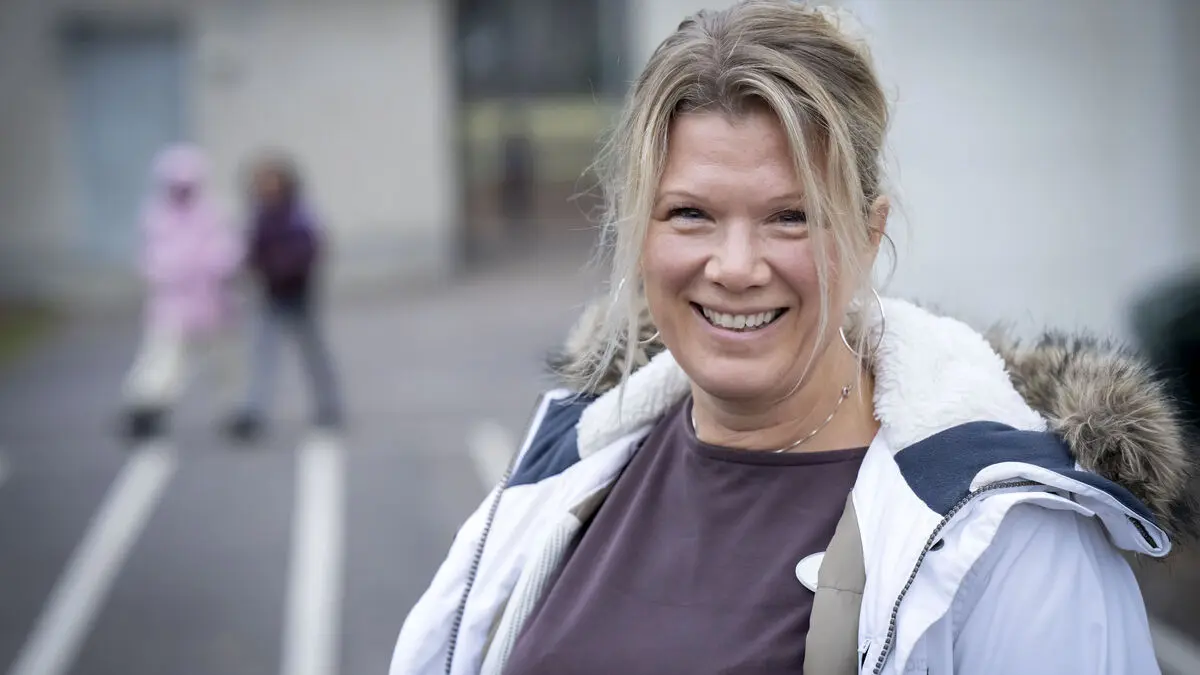X-ray images show a bird skeleton, and five bright white spots scattered throughout the small body.
X-rays clearly show the lead, says Johan Månsson, researcher in wildlife ecology at the Swedish University of Agricultural Sciences (SLU).
In a study, 176 living greylag geese were caught, ring-marked, and X-rayed with a portable X-ray machine before being released. And the findings are cause for concern. Every fifth goose had between 1 and 16 lead shots encapsulated in its body.
Many years of hunting
We would never accept that every fifth elk was wounded in this way, it causes great suffering, says Johan Månsson, who is himself a hunter.
Since greylag geese live for up to 20 years, they experience many years of hunting, with potential wounding. Moreover, they are relatively large birds, which increases the risk of lead shots hitting without killing.
Hunting greylag geese is permitted during the autumn and winter half-years, as well as year-round to protect crops from the birds' foraging. The population of geese has increased significantly over the past 50-60 years, causing problems.
The geese cause extensive damage to agricultural land. They graze and trample crops, and protective hunting is one of the tools used to counter the problem, says Per Risberg, administrator at the Swedish Environmental Protection Agency.
Education
The image is shared by Johan Månsson, who simultaneously emphasizes that hunting needs to be carried out in a more efficient and humane way.
We need to raise awareness and improve knowledge among hunters to reduce the frequency of wounding, says Månsson.
How hunting is conducted is regulated by hunting laws and regulations, among others, by the Swedish Environmental Protection Agency. One of the most fundamental principles is that hunting must not be carried out in a way that causes unnecessary suffering to animals. Some education is included in the hunter's exam. Additionally, the Swedish Hunters' Association organizes complementary education for interested parties.
Ultimately, it is the individual hunter who is responsible. Shots need to be fired at the right distance, and it is important that there are no other birds that can be hit in the background, says Per Risberg.
He also points out that the problem of wounding needs to be addressed in cooperation with other countries, since geese move across national borders.
This is not an isolated Swedish problem, but of course, we need to do our part, he says.
Maria Stensson/TT
Facts: About the study
TT
The study was conducted in June during the years 2019-2022, when greylag geese molt and lose their ability to fly.
A total of 176 adult greylag geese were caught in wetlands around Hudiksvall, Örebro, and Nyköping.
On average, 21 percent of the X-rayed animals had lead shots in their bodies, although the frequency varied between the different counties. The amount of lead averaged 2.6 shots per individual, but the variation was large, ranging from 1 to 16 shots per individual.
The study was conducted at Grimsö research station in collaboration with Kristianstad University and was published in the scientific journal Wildlife Biology in December 2024.
Source: Swedish University of Agricultural Sciences
There are nine established wild goose species in Sweden. The greylag goose is the second most common, after the white-fronted goose.
In September 2022, the number of greylag geese in Sweden was estimated to be 248,000. According to voluntary reporting, approximately 30,000 greylag geese are shot per year in the country.
Greylag geese are a natural part of the ecosystem and important prey animals, grazers, and seed dispersers. At the same time, they cause significant damage when they graze on agricultural land.
About 19.2 million kronor were paid out in compensation and grants for grazing damage in 2023.
Source: SLU-Wildlife Damage Center and the Swedish Environmental Protection Agency





